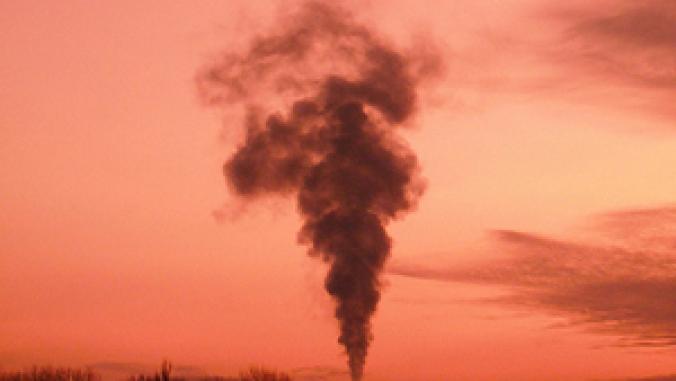Alstom, We Energies and EPRI Tout Early Carbon Capture Success
<p>Alstom, We Energies and The Electric Power Research Institute have demonstrated the feasibility of using chilled ammonia to capture 90 percent of flue stream carbon dioxide produced by a coal-fired power plant.</p>

Alstom and We Energies have found a way to use chilled ammonia to capture 90 percent of flue stream carbon dioxide produced by a coal-fired power plant.
The companies teamed up with the utility-funded Electric Power Research Institute (EPRI) to test how a chilled ammonia carbon capture system would work under real-world conditions. It is one of several projects underway to move Alstom forward with its goal of commercializing its patented technology by 2015.
Cheap but dirty coal was responsible for roughly 42 percent of global carbon dioxide emissions in 2006, according to the Energy Information Administration. With projections indicating coal's share of global CO2 emissions will grow to 45 percent by 2030, many view carbon capture and storage (CCS) as vital to meeting the emissions reduction targets recommended by scientists in order to avoid the worst impacts of climate change. Legislation winding through Congress also calls for reducing emissions by as much as 20 percent below 2005 levels by 2030, and upwards of 80 percent by 2050.
"This project has been a success. It proved what we needed to know to stay on schedule to commercialize carbon capture technology for new and existing power plants by 2015, a necessary step to meet ambitious climate change targets being proposed by policy makers in the U.S. and around the world," Alstom U.S. President Pierre Gauthier said in a statement last week. "Alstom believes carbon capture, along with energy efficiency and a full portfolio of low carbon technologies including renewable power, will all be needed to achieve urgent CO2 reduction goals in a timely manner."
CCS, however, also makes others nervous, since "clean coal" is largely unproven at the commercial scale. The pilot project from We Energies, Alstom and EPRI goes a long way to proving it is possible to operate a carbon capture system around the clock in a typical plant environment. Since September 2008, the Pleasant Prairie pilot project has operated 24 hours a day, seven days per week, removing the equivalent of nearly two tons of CO2 per hour at maximum capacity.
The technology works like this: The chilled ammonia system cools the flue gas before separating the CO2 from the flue gas with an ammonia-based solution. The solution is then heated, which releases the CO2 in a pure stream. The CO2 stream would be compressed and transported for use in a commercial application or sequestration.
The next stage of the demonstration involves capturing CO2 from an American Electric Power (AEP) coal-fired power plant and injecting it into two saline reservoirs more than 8,000 feet underground. The project, located at AEP's 1,300-megawatt Mountaineer Plant, will remove about 110,000 tons of CO2 annually.
Alstom, which made headlines last month for withdrawing from a controversial clean coal lobbying group, is also working with AEP and Canadian energy company TransAlta to develop a commercial-scale demonstration project that will handle between one million and 1.5 million tons of CO2 annually.
"One of the biggest challenges facing our industry is the development of cost effective technology that will allow us to capture carbon from the operation of power plants around the world," We Energies Chairman, President and CEO Gale Klappa said last week. "Today, with the success we're reporting from the research here at Pleasant Prairie, the solution is one step closer to reality."
Image courtesy of We Energies.




